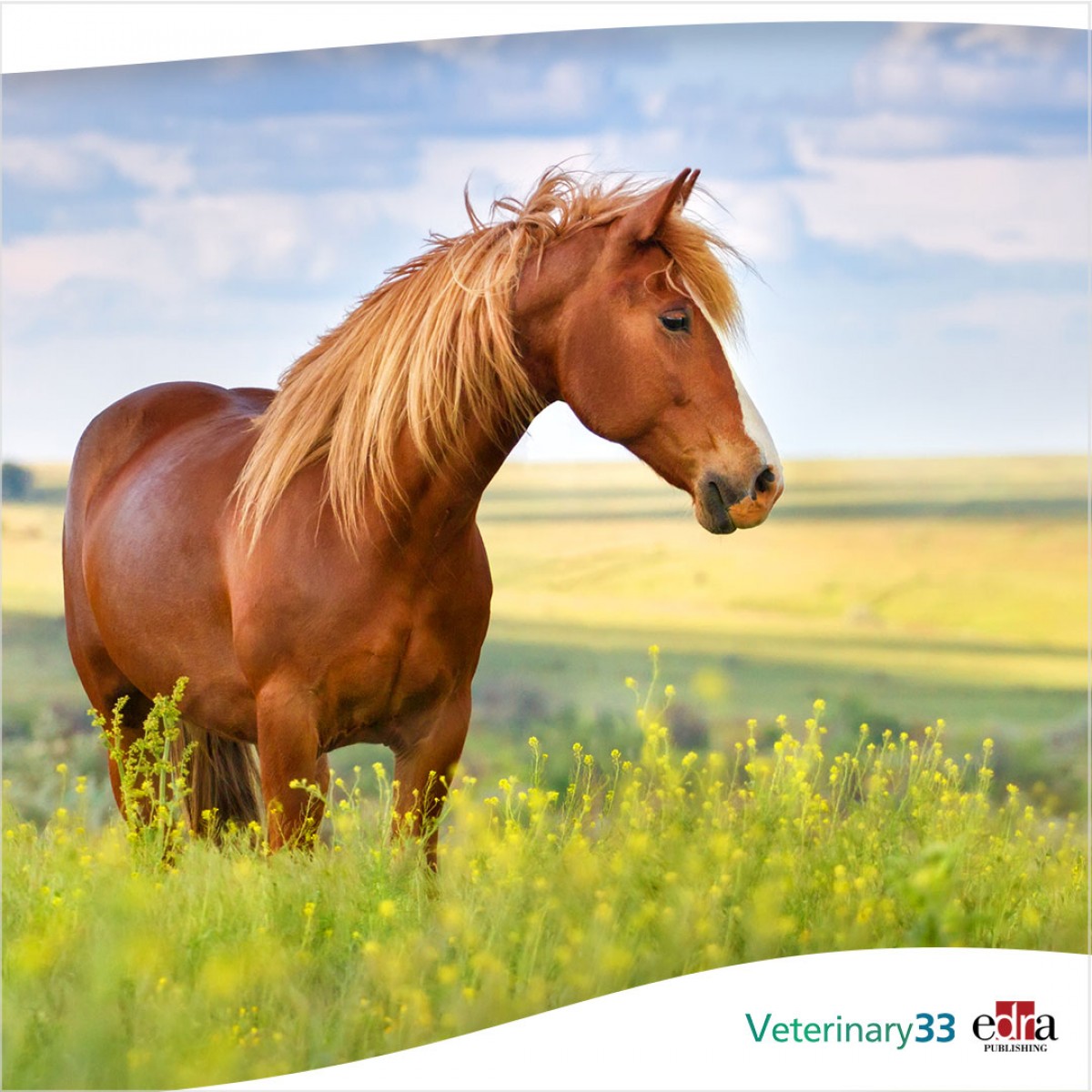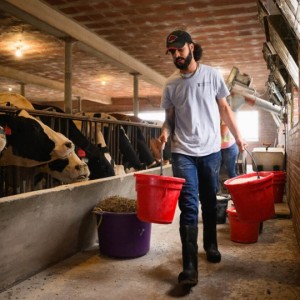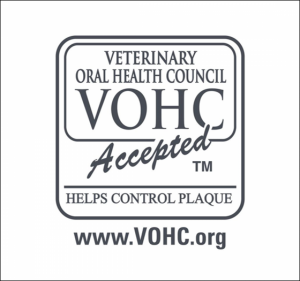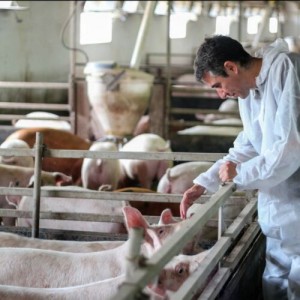New Ideas to Understand Transition Dairy Cow Health
New Ideas to Understand Transition Dairy Cow Health
The transition period for dairy cows is a challenging time during which they are at greater risk for developing disorders such as mastitis, metritis, retained placenta, and poor fertility. The impact on the dairy cow’s health, welfare, and production has resulted in numerous studies to determine the management practices best employed during the transition period. However, cows continue to experience disease at an increased incidence during this time, casting doubt on the currently held beliefs on the cause of these problems.
Why the transition period in dairy cows is a concern
A cow’s progression from dry cow status to pregnancy, through the calving process, to becoming a milk producing cow, is referred to as the transition period, made up of the 60 days before and the 30 days following calving. Managing these 90 days correctly is extremely important for overall farm success. The cows experience physiological, metabolic, and immunological changes, and they are at greater risk for developing disease, which affects their health, welfare, and production. Cows in the transition period experience four main challenges:
- A drop in dry matter intake — On average, a cow’s dry matter intake decreases 32 percent in the three weeks prior to calving, with the majority of that decrease occurring in the last week before calving. Dry matter intake increases following calving, but not enough to compensate for milk production, resulting in a negative energy balance in early lactation.
- Increased nutrient demands — During the transition period, the cow’s nutrient requirements increase, to support fetal growth and colostrum and milk production. Two days after a cow calves, her energy needs can more than double.
- Immunosuppression — Innate immune cells are responsible for quick pathogen recognition and clearing. Their function is consistently impaired during the transition period, especially immediately after calving. Studies suggest that the primary driver behind this immunosuppression is not gestation or calving, but lactation and the metabolic changes that occur.
- Systemic inflammation and stress — Immune cells that first recognize pathogens or traumatized cells release signals that activate pain sensors, promote blood flow to the local tissue, and cause fever, which is considered the acute phase response. Inflammatory and acute phase markers are elevated in cows in the days after calving, and this remains true in apparently healthy cows. Studies suggest that either calving and milk production induce inflammation directly, or that infections or endotoxins affect more fresh cows than currently realized.
Currently held beliefs challenged
Much research has been aimed at determining why cows in the transition period experience so many problems. Conclusions are up for debate, and include:
Current theory — The current dogma to explain why the transition period is so problematic is that adipose tissue mobilization causes excess nonesterified fatty acids (NEFA) in the bloodstream, which along with the ensuing hyperketonemia and low calcium levels, leads to immunosuppression, resulting in the issues faced during this time. However, recommendations to regulate NEFA and calcium levels in transition cows have not resulted in fewer problems during this period, and approximately 75 percent of disease still occurs during the first months after calving.
New theory — A new review by an Iowa State University Department of Animal Science team, led by Lance H. Baumgard, PhD, and Norman L. Jacobson, endowed professor in dairy nutrition, was published in the Journal of Dairy Science. This paper critically reviews the popular theory about transition cow health, further investigates the reasons for these persistent issues, and recommends research avenues that may prove more effective in correcting these problems. Recent studies have established that immune activation and the resulting inflammatory response are normal components of transition cow physiology. When inflammation becomes pathological, dry matter intake is reduced, and hypocalcemia occurs. The team proposes that glucose’s use by the immune system, and decreased dry matter intake, cause an extensive increase in NEFA and ketones. They believe this explains why increased NEFA and ketones and hypocalcemia are correlated with poor health, production, and reproduction outcomes. In the review, they argue that changes in circulating NEFA, ketones, and calcium are caused by either normal metabolic adjustments that healthy cows use to prioritize milk production, or as a consequence of immune activation, and the resulting inflammatory response. The team suggests that future research should focus on preventing immune system activation in cows, to reduce the negative inflammatory effects.
Management techniques for transition cows
Certain management strategies can be beneficial, regardless of the correct theory. When looking at the four main challenges that transition cows face, the nutrients that cows need during this time cannot be decreased, and the immunosuppression cannot currently be ameliorated. Therefore, management techniques for transition cows must focus on maximizing dry matter intake, and modulating inflammation and stress.
- Maximizing dry matter intake — Diet composition, especially high fiber and energy concentrations, are critical factors, but access to the diet is also extremely important. Cows during this period should have access to feed at least 23 hours a day, and their feed should be pushed up every two to four hours. Ideally, fresh food should be offered four times a day, and each cow should have at least 30 inches of feed bunk space.
- Modulating inflammation and stress — Identifying cows experiencing a difficult calving and offering timely assistance is paramount to decreasing inflammation and stress. Administering mild anti-inflammatory drugs after calving may also be beneficial.
Appropriate management during the transition period is important to safeguard the cow’s health and welfare, and to maximize dairy profitability. New research will hopefully shed light on what is behind the problems, to make best management practices during this time more clear.














List
Add
Please enter a comment